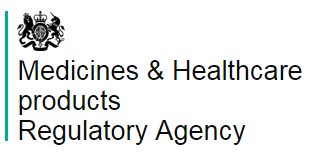With the recent publication of the GMP Inspection trends for 2016 from the MHRA (here) and the FDA (here), companies involved with the observations might want to reconsider their internal audit processes.
If you evaluate the examples of the issues observed, you would question why internal audit programs do not catch many of the issues cited as most frequently encountered. By now, how does a company not know that, with an Agency focus on data integrity, application software should not have common passwords? How do you walk through a warehouse and not see product stored in a single area labelled with comingled QA status (quarantined, approved, etc.)? For a seasoned auditor, the majority of the most common observations fall under the category of “low hanging fruit”, i.e., incomplete training records, inadequate root cause, the need for health based exposure limits for potent compound cleaning validations, etc.
Most companies have a Quality Management System that describes the requirements for continually monitoring a quality system’s performance for effectiveness and efficiency. Year after year, the agencies are continuing to see similar trends. A successful audit requires that auditors are competent and trained. Auditors must know and understand the regulatory requirements when auditing specific areas. Procedures detailing the auditing function should adequately define the qualifications of the auditor. Auditors should not audit their own work areas. Probably the most important quality of a good auditor to perform an effective audit is true independence, a non-biased, non-familiar approach. While independence of the auditors is clearly a well-known attribute for a company’s internal auditors, in practice, it is a difficult requirement to meet. There are underlying business considerations and pressures that are difficult to ignore when making audit assessments of your own company.
A proactive audit executed by external auditor(s) can help assure a focused, effective audit with educated, independent, experienced, and well-trained resources. The issues surrounding repeat observation trends indicate that the current internal audit system is not working. A company should consider an independent third party audit. The effect on product quality and the costs associated with responding to Agency observations (time, resources, development and implementation of corrective actions, etc.) and the potential for an “official action indicated” response are all justifications for improving internal audit practices.



